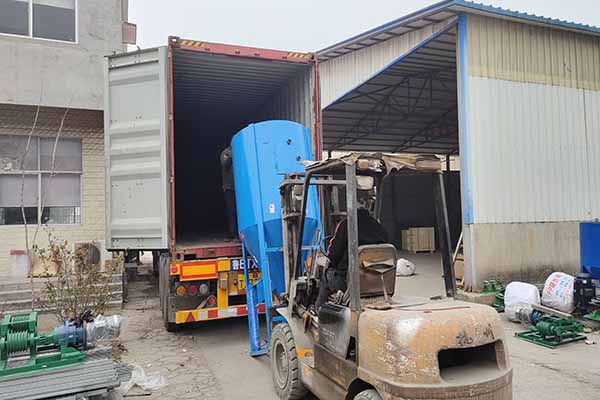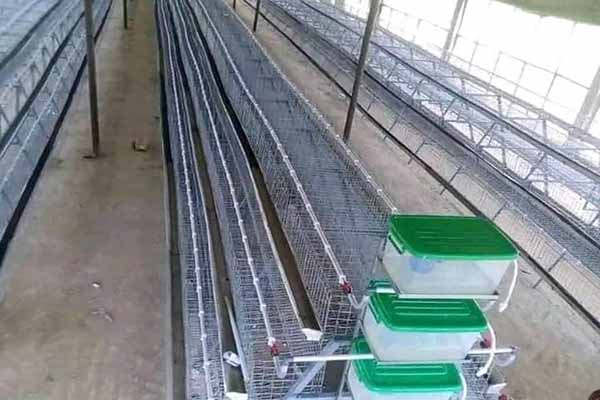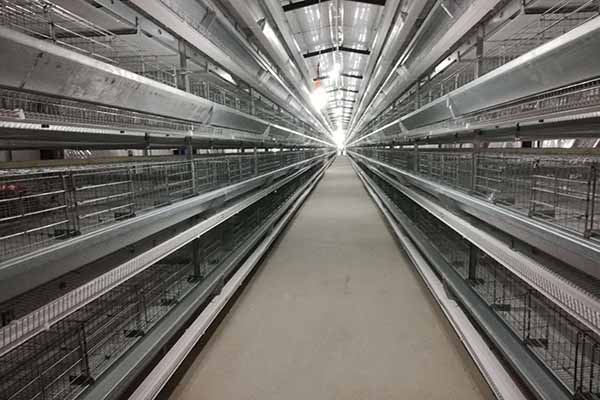Optimizing Layer Cages for 30,000 Birds in Kenya: A Comprehensive Guide
As the poultry industry in Kenya continues to grow, efficient management of layer cages becomes crucial for maximizing productivity and profitability. This article delves into the best practices for setting up layer cages to accommodate 30,000 birds, providing insights for both farmers and investors.

Understanding the Scale
With a capacity of 30,000 birds, managing layer cages requires careful planning and execution. Here are some key considerations:
- Space Allocation: Each bird requires approximately 0.4 square meters of space. This translates to a total area of 12,000 square meters for 30,000 birds.
- Number of Cages: Depending on the size of the cages, you may need around 40,000 cages to accommodate 30,000 birds.
- Feeding and Watering Systems: Ensure that each cage has access to a feeding and watering system that can handle the number of birds in the flock.
Designing the Cages
When designing layer cages for 30,000 birds, it’s essential to consider the following factors:

- Material: Use high-quality, durable materials such as steel or reinforced plastic to ensure the longevity of the cages.
- Ventilation: Proper ventilation is crucial for maintaining a healthy environment for the birds. Each cage should have a minimum of 2 square meters of ventilation area.
- Egg Collection: Implement an efficient egg collection system to minimize the risk of eggs being damaged or wasted.
Operational Considerations
Managing a large-scale layer cage operation requires attention to detail:
- Health Monitoring: Regularly monitor the health of the birds to detect and address any issues promptly.
- Sanitation: Maintain high levels of cleanliness to prevent the spread of diseases.
- Energy Efficiency: Optimize the energy consumption of the farm by using energy-efficient lighting and heating systems.
Case Study: Successful Layer Cage Operation in Kenya
One of the most successful layer cage operations in Kenya, which houses 30,000 birds, follows these key principles:
- State-of-the-Art Equipment: The farm uses high-quality, automated equipment for feeding, watering, and egg collection.
- Skilled Labor: The farm employs a team of skilled workers who are trained in poultry management.
- Continuous Improvement: The farm regularly reviews and updates its operations to ensure the best possible outcomes.
By following these guidelines, you can optimize your layer cage operation in Kenya and achieve significant success in the poultry industry.

Conclusion
Setting up a layer cage operation for 30,000 birds in Kenya requires careful planning and execution. By considering the factors outlined in this article, you can create a successful and profitable poultry farm. For more information and to receive a free, customized chicken farming design and equipment quote, please leave a comment below or contact us directly.




